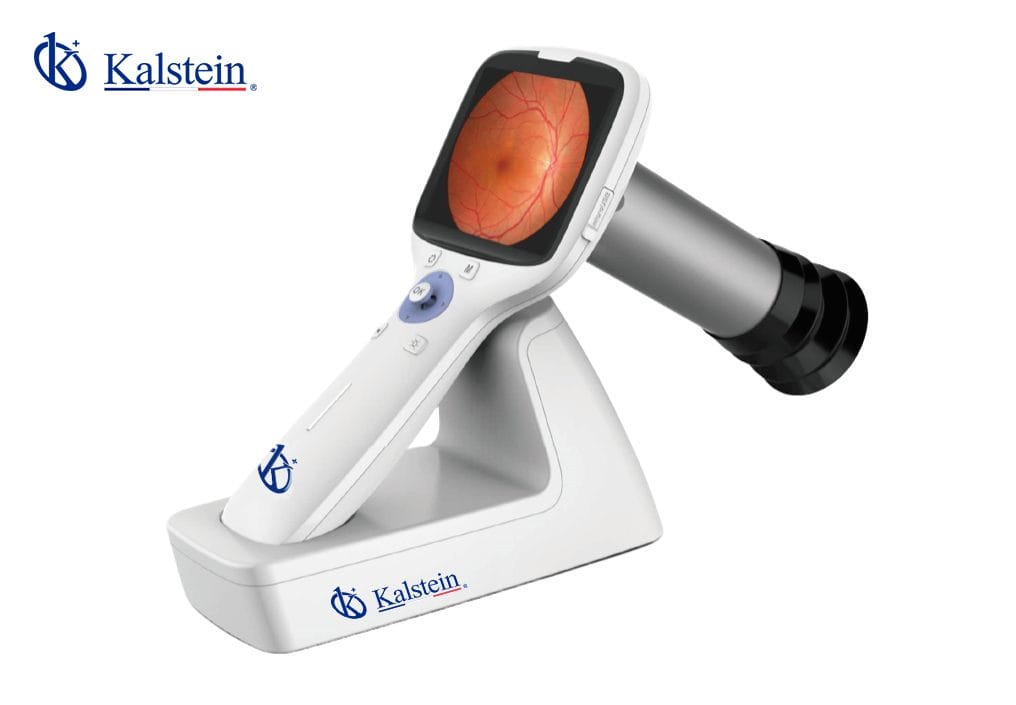The operating table is used to position the patient during a surgical intervention; it has specific standards for position. It is composed of a platform divided into sections, where the patient can sit or lie down. It is equipped with arms; a remote control that adjusts the positions, the inclination of the table and the height; and other accessories that contribute to the stability of each position.
Positions in which the operating table is used
- Supine position: this is the traditional position used on the surgical table, where the patient is placed on his back. It varies: the decubitus position with cranial fixation, decubitus position with traction of the lower extremities in 180 °, supine position with neck hyperextension, and decubitus position with headrest applied.
- Trendelenburg: the patient lies on the inclined table and his limbs are higher than his head. It is a variant of the supine position. This position is suitable for interventions in the abdominal area and contributes to a better visualization of the organs.
- Reverse Trendelenburg: the patient also lies on the inclined table and, in this case, his limbs are at a lower height than his head. It is a variant, in turn, of the Trendelenburg position. This position is very convenient for head and neck operations.
- Ventral decubitus: it is a suitable position for surgeries of the dorsal region or operations of the spine, for example. In this position the patient is placed face down, placing the head in a facial positioner.
- Lateral decubitus: it is ideal for hip or kidney operations, among others; and consists of positioning the patient lying laterally with the area to be operated on upward. The upper extremities are placed on the armrests and the head should be aligned with the trunk; the lower extremities are superimposed, with the lower one extended and the upper one inclined; for patient stability, two lateral fixators are added. Its variants are: lateral decubitus position with abdominal partition and lateral decubitus with thoracic partition.
- Mohometan prone position: used in microdissectomy and lumbar canal stenosis. It consists of placing the patient in a kneeling prone position; in it the trunk rests on pads that prevent injuries that could be caused by unfavorable pressure on the thorax. The upper extremities are placed on the armrest at the same height as the head.
- Prone position with sled: for lumbar intervention. The so-called sled is a hollow frame that allows the thoracic and abdominal cavities not to be pressed, avoiding pressure and friction. The patient is placed face down, the upper extremities on individual armrests and the lower extremities rest on the knees and instep of the feet. A roller at the ankles prevents the feet from suffering from twisting or pressure.
- Sitting: it is a position used in maxillofacial surgery and in which the patient requires to be seated. So, the table is positioned in the shape of a chair by placing the patient at a 90 ° angle.
- Lithotomy: it is used by women in labor, where the feet are placed on the leg rest or stirrups, allowing a space between the legs.
The importance of the operating table is evidenced in its usefulness in the operating room, it is created to facilitate the surgical approach, placing the patient in the best position in relation to the surgeon, contributing to his comfort.
At Kalstein we are MANUFACTURERS and we offer high quality equipment and instruments for hospital use at the best PRICE on the market. Visit us on our website, in the Products section. HERE




